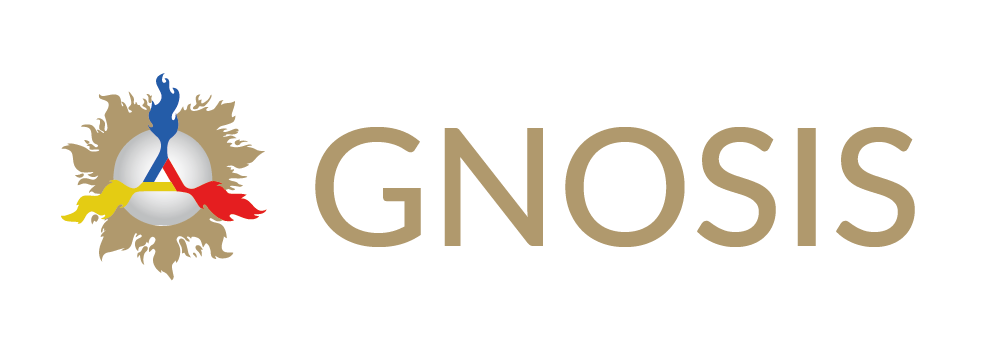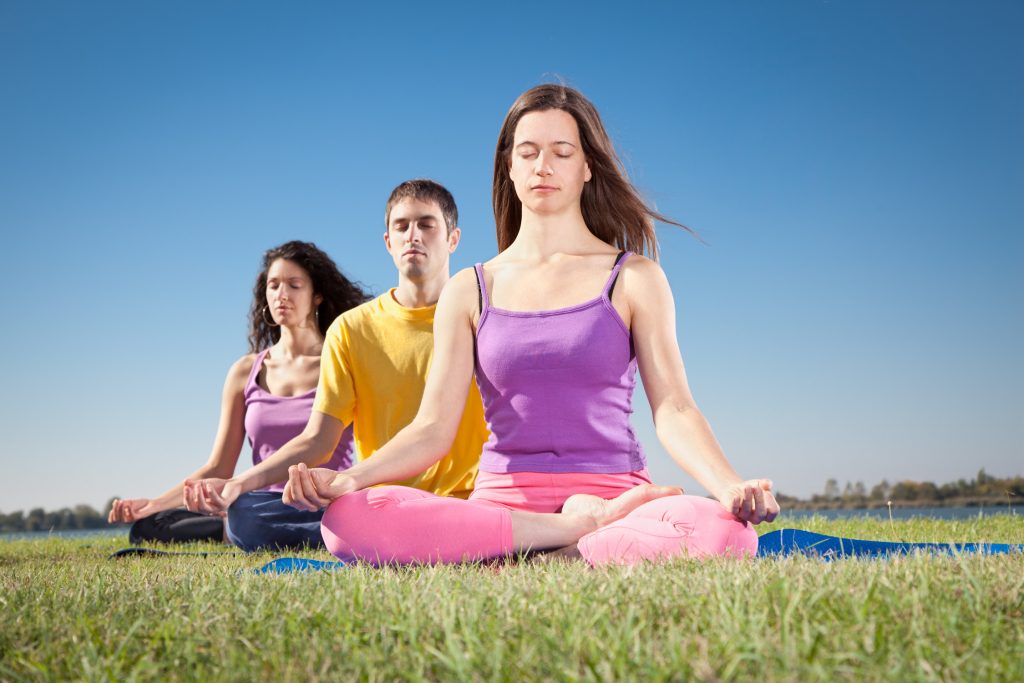The frenetic world in which we live has made man forget himself. That is why he looks outside for what he can only find inside himself: peace, happiness, balance. And meditation is the science that can lead him to find that harmony.
The inner emptiness
Meditation is the key to finding Peace, Harmony, Balance. But these words, although not yet forgotten, seem to have lost their meaning in today's society. However, stress, depression, anxiety, frustration, are big realities in the chaotic day to day of our lives. And all these words are symptoms of the same disease: Inner Emptiness.

Time passes quickly and we always frantically seek to anaesthetise ourselves with one passing emotion or another. These are the emotions that a new car, a promotion at work, a trip, a favourite programme, etc. bring us. But, after all that, the same feeling of emptiness constantly returns... Why?
This happens because man has forgotten himself so profoundly that he has ended up looking outside for what he can only find within himself. That is why it seems that true happiness has escaped us.
Meditation as a key to happiness
Knowing ourselves, exploring ourselves, finding ourselves and reconnecting with ourselves, are the keys to face these day-to-day illnesses. And the remedy to achieve this is called Meditation, whose proper meaning is "to look towards the centre", "to look within oneself".
Although the word Meditation immediately refers us to the East, there are historical data that help to prove that it is as old as humanity and that it was developed in several cultures, for example: Mayas, Aztecs, Incas, Egyptians, Hebrews, among others. In India it is the Diana, whose intense practice leads to Shamadi (ecstasy). In China it is known as Ch'anna, and in Japan, Ch'an (Zen).
A State of Consciousness
More than a technique, as many might think, Meditation is a "state" of consciousness. It implies a "state" of passive, open, receptive mind and active awareness.
To understand this we must observe our mind. In this way we will perceive that we are continuously thinking, either in the past (memories) or in the future (desires, expectations). In this respect, in meditation the aim is to exhaust the thinking process, to reach a state of "non-thinking". Then, by keeping the attention fixed on one point (concentration) we will achieve a very special mental silence, with which we can experience the present moment.
" If you are eating, eat. If you are dressing, dress; if you are walking in the street, walk, walk, walk; but do not think of anything else, just do what you are doing, do not escape from what you are doing, do not escape from the facts, nor fill them with so many meanings, symbols, sermons and warnings. Live them, without allegories; live them with a receptive mind from instant to instant. ".
Samael Aun Weor; "Revolution of the Dialectic"
The practice of Meditation
Meditation is a "state" of consciousness. Therefore, the continuous state of "now" is its goal. And to reach that state there are countless techniques: some are combined with movement, as in Yoga or Tai Chi Chuang; others are at rest. Techniques with mantras, prayers or music are also used. Still others rely solely on biological functions as the focus of concentration, such as breathing or heartbeat, for example. However, they all have points in common, steps, which we must follow to reach our goal.
The steps are: relaxation, still mind, concentration, meditation, ecstasy. In India they are called: asana, pratyra, dharana, dyana and shamadi, respectively.
"It is necessary to place the body in the most comfortable position (Asana); it is indispensable to make the mind blank before concentration (Pratyara); it is urgent to know how to fix the mind on one thing only (Dharana); thus we reach ecstasy (Shamadi). This esoteric discipline of the mind must completely permeate our daily life"..
Samael Aun Weor.
Meditation and physical well-being

The potential benefits of meditation are many. Currently, it is widely used in the area of health care, with the aim of helping patients to improve moods, anxiety and depression. It is also used to strengthen immune function, lower blood pressure, reduce epileptic seizures, improve chronic pain tolerance, reduce medication use, among other benefits (Data from the North American Center for Complementary and Alternative Medicine - NCCAM, 2006).
As a consequence of these discoveries, the practice of meditation attracted the interest of scientists at this time. Mainly because of advances in medicine, which provide a better understanding of the neurobiological mechanisms involved (Kozasa, 2007).
In addition, with the advancement of technology, neuroimaging techniques have allowed scientists to clearly visualise what, how and how intensely the brain changes during a meditative state. This leads to alterations in the whole organism (Angelotti, 2007). This demonstrates that meditation, although a simple technique, is powerful enough to drive alterations in neurological activity.
On the other hand, some research shows that meditation acts on the autonomic nervous system, leading to a state of deep relaxation; reducing levels of the hormone cortisol, promoting physical and mental well-being (Deshmukh, 2006); (Pace, 2009).
Meditation in Science and Mysticism
With the growing popularity of meditation in the hospital environment, due to its medical and psychological benefits, and because of the excellent results obtained in patients, there is nowadays a significant increase in interest in applying it in a secular way in other sectors. For example, in the school context, maximising learning potential, perfecting individual abilities and improving the social relations of pupils, whether they are children, adolescents or adults. In addition, some studies show considerable increases in learning levels and, subsequently, in students' grades after meditation in the educational context (Greenberg and Harris, 2011).
However, in spite of being a science, meditation also has its mystical and religious aspect, as it contacts the Human Being with his deepest reality, it makes us meet again with an eternal part of ourselves. That part that always was and always will be, which is none other than God, who was always there, but forgotten, hidden by the veil of our unbalanced thoughts and emotions. That is why the mystics of all religions have practised meditation, and that deep ecstasy is Gnosis itself, or the direct knowledge of the Divine within oneself.
As we have seen, the benefits are infinite, so this is the time to get to know ourselves, to reconnect with our deepest reality, as a universal panacea to rebalance and complete that perpetual emptiness with a rich inner life, which will fill us with joy, harmony and peace.
Learn more about these topics in our online self-knowledge courses.

